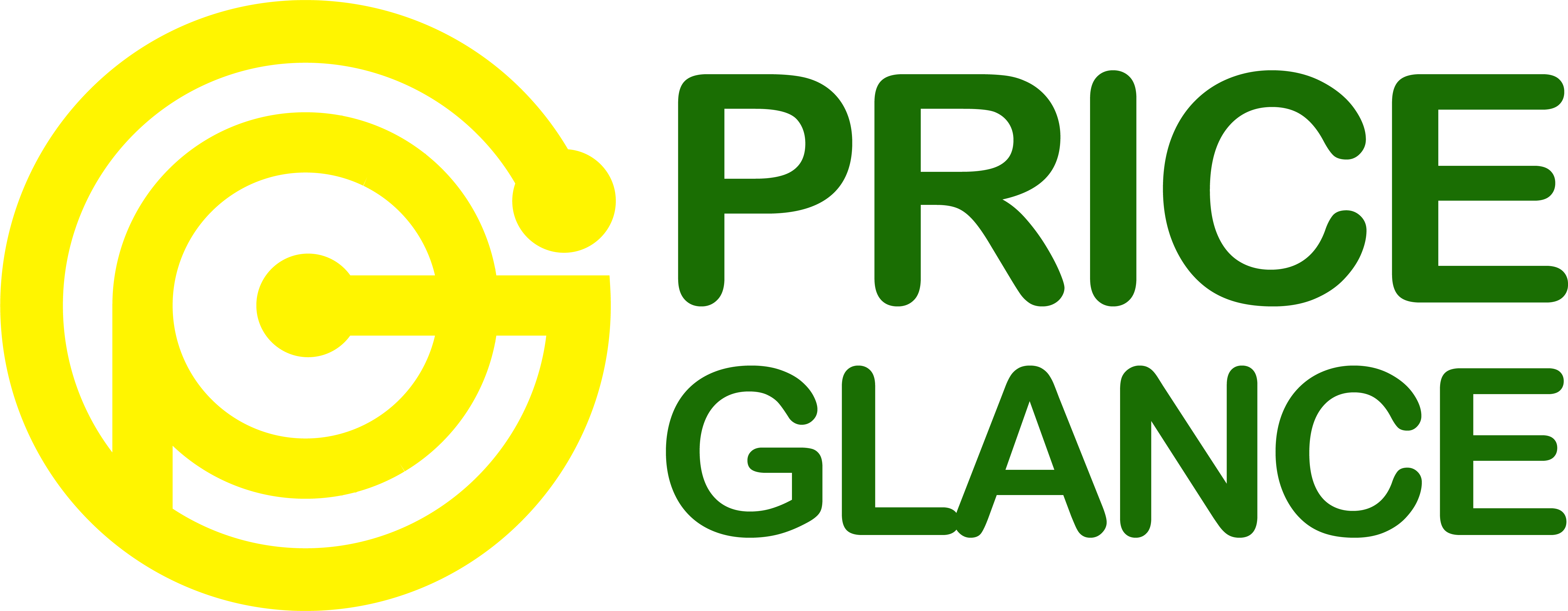
Introduction
In today’s digitally-driven market, the MAP Pricing Policy stands as a cornerstone for brands aiming to maintain control over product pricing. Understanding its nuances and significance is pivotal for navigating the complexities of the modern marketplace.
What is Minimum Advertised Price (MAP)?
MAP delineates the lowest price at which a product can be advertised. It’s a strategic pricing approach that not only safeguards brand value but also ensures equitable competition among retailers.

Why Do Brands Need MAP Pricing?
Brands implement MAP (Minimum Advertised Price) policies for several compelling reasons in today’s competitive market:
7 Reasons MAP Pricing Must Be Monitored
1. Global Channels & Complex Retail Networks: Navigating diverse markets and retail landscapes while maintaining consistent pricing standards.
2. The Age of Amazon: Addressing the challenges posed by dominant online platforms like Amazon, where pricing strategies significantly impact market positioning.
3. Fierce Competition and the Necessity for Competitive Prices: Adapting to the competitive market landscape where competitive pricing is imperative for market penetration.
4. Limited Control Over Individual Sellers: Overcoming challenges associated with disparate pricing strategies employed by various sellers.
5. No Control Over Marketplace Algorithms: Understanding and responding to the influence of algorithms on pricing dynamics.
6. Counterfeiting and Supplier Encroachment: Combating the risks associated with counterfeit products and unauthorized price alterations.
Difference Between MSRP and MAP Pricing
MSRP (Manufacturer’s Suggested Retail Price) and MAP (Minimum Advertised Price) are both pricing strategies used in the retail industry, but they have different purposes and implications:

MSRP (Manufacturer’s Suggested Retail Price):
- Definition: MSRP is the price recommended by the manufacturer as the suggested selling price to consumers.
- Purpose: The purpose of MSRP is to provide a reference price that manufacturers suggest retailers use as a starting point for setting their selling prices.
- Flexibility: Retailers are not obligated to adhere to the MSRP. They can choose to sell the product at a higher or lower price based on various factors like competition, market demand, and their own pricing strategies.
- Communication to Consumers: MSRP is often displayed on product packaging or labels to give consumers an idea of the product’s value and to create a standardized pricing reference across different retailers.
MAP (Minimum Advertised Price):
- Definition: MAP is the minimum price at which manufacturers or brands require their authorized resellers to advertise their products.
- Purpose: The purpose of MAP is to maintain price integrity and prevent unauthorized price discounts that could undermine the perceived value of the brand or product.
- Enforcement of Advertised Prices: MAP primarily focuses on the advertised price, setting a minimum price level for resellers’ advertisements rather than regulating the actual selling price.
- Flexibility: While resellers must adhere to the MAP for advertised prices, they have the freedom to set the selling price at their discretion, enabling discounts or promotions, as long as the advertised price meets or exceeds the MAP.
- Ensuring Compliance: Brands can uphold MAP regulations through diverse tactics, including monitoring online platforms, implementing penalties for violations, and fostering robust partnerships with authorized resellers.
Conclusion
Mastering the implementation and management of the MAP Pricing Policy is vital for brands aiming to retain control over their pricing strategies in the intricate digital commerce landscape. Proficiency in MAP pricing stands as the key differentiator, propelling brands ahead in fiercely competitive markets and ensuring sustained profitability and market relevance.
Learn more: Attracting Customers: 7 Intelligent Pricing Strategies
